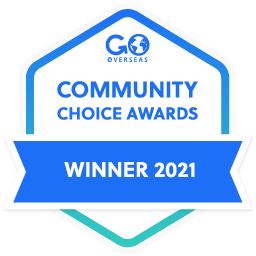Global Health Experiential Education in the Philippines
- Philippines
- Manila
About Program
To begin the program, participants complete a 1-week introduction in Manila. They are introduced to the Philippine health system and learn about the country’s historical and sociocultural context through interactive teaching-learning sessions, visits to public and private health facilities and cultural excursions. Participants then travel to a remote island to learn frontline health systems management from preceptors in Rural Health Units and Barangay Health Stations, including municipal health officers, nurses and midwives. Participants learn about Global and Public Health on the remote islands, also known as geographically isolated disadvantaged areas (GIDA), where healthcare facilities strive to deliver quality services while managing limited resources.












